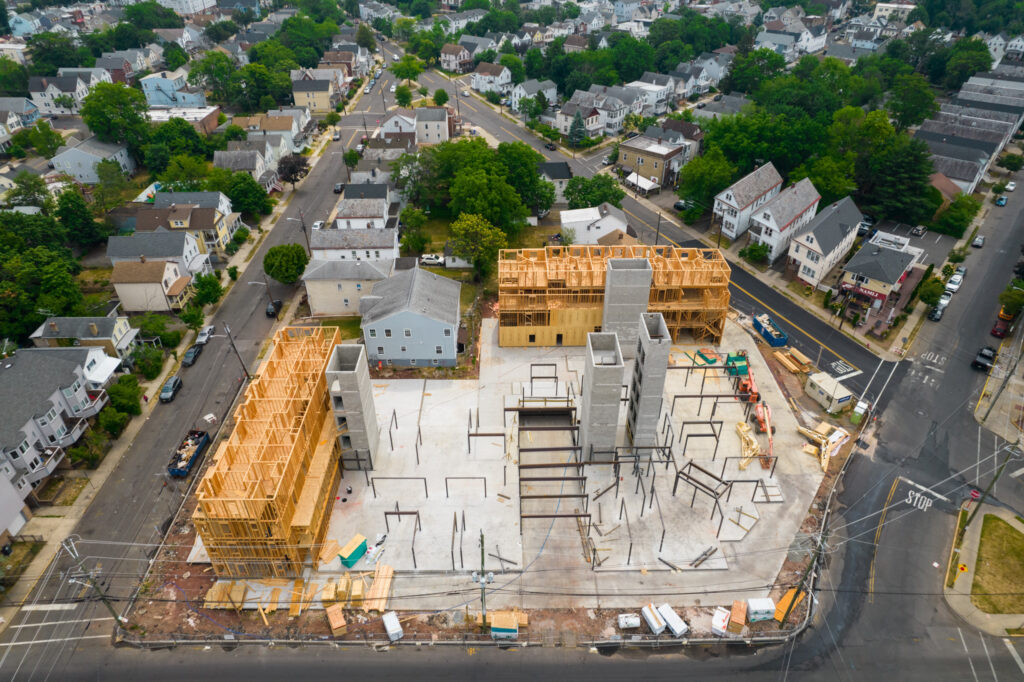Construction in residential areas is a process tightly regulated by local, state, and federal laws to ensure the safety, comfort, and well-being of communities. Whether you’re planning to build a new home, add an extension, or renovate an existing structure, it’s vital to understand the rules that govern construction activities in these neighborhoods. Following the proper guidelines helps avoid fines, project delays, and legal trouble, and it also helps maintain positive relations with neighbors.
This article outlines the key rules for construction in residential areas, from obtaining permits to respecting noise ordinances, and explains how homeowners, contractors, and developers can remain compliant throughout the process.
1. Zoning Laws and Land Use Regulations
Before beginning any construction project in a residential area, you must verify that your plans align with local zoning laws. Zoning ordinances specify how land within certain regions can be used—residential, commercial, industrial, or mixed-use—and further divide residential areas into subcategories (e.g., single-family, multi-family, etc.).
Key zoning considerations:
- Lot size restrictions
- Setback requirements (distance from structures to property lines)
- Height limitations
- Permitted building types
- Accessory dwelling unit (ADU) rules
Suppose your project doesn’t comply with current zoning. In that case, you may need to apply for a zoning variance or rezoning approval, which can be a lengthy and public process.
2. Building Permits
Most residential construction projects require one or more building permits from the local city or county building department. Permits ensure that construction complies with building codes, which protect public health and safety.
Projects that typically require permits:
- New home construction
- Room additions or conversions (e.g., garage to bedroom)
- Major structural changes
- Electrical, plumbing, or HVAC upgrades
- Demolition work
- Deck or patio installations over a certain height or size
Failing to obtain the necessary permits can result in stop-work orders, fines, the forced removal of unapproved work, or issues when attempting to sell the property.
3. Noise Restrictions and Work Hours
Construction noise is one of the most common complaints in residential areas. To protect residents’ peace, municipalities enforce noise ordinances that restrict when and how loud construction activities can be.
Standard noise regulation rules:
- Construction work is typically permitted only between 7:00 AM and 7:00 PM, Monday through Friday. It is either limited or prohibited on weekends and holidays.
- Power tools, heavy equipment, and hammering should stay within decibel limits as defined by the local noise code.
- Night work generally requires special permission and may involve soundproofing or mitigation measures.
Contractors should communicate their work schedules to neighbors in advance, especially for tasks that may be noisy or disruptive.
4. Safety and Site Cleanliness
All construction sites must follow Occupational Safety and Health Administration (OSHA) regulations and local safety codes to prevent accidents. Residential areas require even greater sensitivity because children and pedestrians may pass by or live nearby.
Safety and cleanliness expectations:
- Proper fencing or barriers to keep unauthorized people off the site
- Clear signage and hazard warnings
- Adequate lighting during evening work
- Safe storage of tools, materials, and chemicals
- Dust and debris control (e.g., tarps, sweepers, dumpsters)
- Secure scaffolding and ladders
- Pest control and waste management
Failing to maintain a clean and safe site can result in citations, increased liability for injuries, or denial of insurance claims.
5. Inspections and Code Compliance
Inspections are mandatory at various stages of construction, both during and after the project. These ensure compliance with building codes, energy codes, fire safety, and structural requirements. Inspections are often required:
- After pouring foundations
- Before drywall installation
- After electrical or plumbing rough-ins
- At project completion (final inspection)
If inspectors identify violations, they may require repairs or corrections before the project can continue. Always maintain open communication with local inspectors and respond to their feedback promptly.
6. Parking and Traffic Considerations
Construction projects can cause temporary congestion or access issues in residential neighborhoods, particularly on narrow streets. Many local governments impose rules regarding:
- Contractor and worker parking (may need to use designated off-street spaces)
- Delivery and equipment access
- Street closures or sidewalk blockages (often require a separate permit)
- Flaggers or signage for directing traffic when necessary
Maintaining neighbor access to driveways and walkways is important to avoid complaints or interference from city officials.
7. Environmental Protections
Many residential construction rules are designed to minimize environmental harm. Environmental compliance may involve:
- Stormwater runoff prevention (silt fences, erosion control measures)
- Tree protection zones
- Minimizing impact on wildlife or wetlands
- Noise and air quality standards
In some regions, environmental assessments or permits are required before clearing land or altering drainage patterns.
8. Homeowners Association (HOA) Rules
If the property is located within an HOA-governed community, additional restrictions may apply beyond municipal codes. These can include:
- Approved color palettes or materials
- Roof types and window designs
- Landscaping requirements
- Noise restrictions beyond city ordinances
- Construction timeframes
Always review the HOA’s Covenants, Conditions & Restrictions (CC&Rs) and obtain written approval before starting construction. Failure to do so can result in fines or legal action.
9. Historic District Regulations
Suppose your home is located in a historic district or has a landmark designation. In that case, special rules govern the changes that can be made. Renovation or new construction must preserve the area’s character, and approval from a historic preservation commission may be required.
This can include restrictions on:
- Exterior materials and finishes
- Window and door types
- Fencing or landscape changes
- Signage and lighting
10. Neighbor Notifications and Dispute Resolution
While not always legally required, it’s good practice to notify neighbors about upcoming construction. Clear communication can help reduce conflicts and set clear expectations. In some jurisdictions, neighbor notification is required for certain types of projects, especially those involving boundary lines or height variances.
If disputes arise, such as property line disagreements or excessive noise complaints, local mediation services can help resolve issues without escalating to legal action.
Conclusion
Constructing in a residential area requires thorough planning, communication, and compliance with a range of legal and practical rules. From permits and zoning to environmental protections and safety practices, each regulation plays a critical role in ensuring projects proceed safely, legally, and respectfully.
Before starting any project, always consult with your local building department, review HOA rules if applicable, and consider hiring professionals who are familiar with residential construction codes. Being informed and proactive will ultimately save you time, money, and stress.
Explore Our Current Listings to Find Your Perfect Home with Sonic Realty
Or, if you’re looking to direct visitors to more resources:
Learn More About Our Real Estate Services and How We Can Help You Buy or Sell Your Home
Let me know if you need links for specific sections or pages on the website!
Thank you for reading! If you enjoyed this article and want to explore more content on similar topics, check out our other blogs at Sonic Loans, Sonic Realty, and Sonic Title. We have a wealth of information designed to help you navigate the world of real estate and finance. Happy reading!



